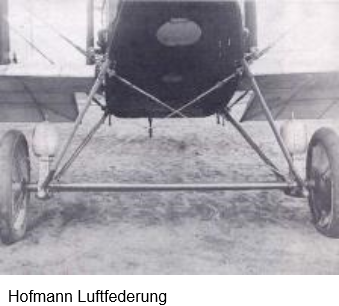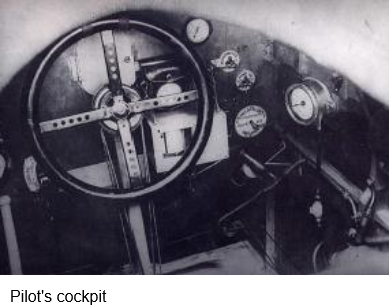When the C.I first appeared in early 1915, its good handling and powerful 110 kW (150 hp) Benz Bz.III engine gave it an edge over most Allied aircraft. During development of the type, successively more powerful engines were fitted, culminating in the 130 kW (180 hp) Argus As III which allowed the final version of the C.Ia to achieve 140 km/h at sea level with an operational ceiling of 3,000 m A dual-control variant, designated the C.Ib, was built as a trainer aircraft by Mercur Flugzeugbau. Improvements to the C.I resulted in the Albatros C.III which became the most prolific of the Albatros C-types.
While the C.I was operated mainly in a reconnaissance and observation role, it also had some success as an early fighter aircraft - Oswald Boelcke claimed his first victory while flying a C.I with Lt. von Wühlisch as the gunner. Germany's most famous World War I aviator, Manfred von Richthofen, also began his career as an observer in the C.I on the Eastern Front.
| Type |
2-seat reconnaissance rebuilt for transport in the twenties |
| Engine |
1 Daimler III |
| Dimensions |
Length 7.85 m, span 12.90 m |
| Weights |
Empty , loaded , max. take off weight |
| Performance |
Max. speed 125 - 135 km/h |
| Type |
Werk.Nr |
Registration |
History |
| c |
|
D-132 ? |
|
|
197/15 |
D-142 |
Built in 1916. Used by Lloyd Ostflug GmbH 1920 - 1921 |
|
|
D-521 |
|
|
10099 |
D-1024 |
|



